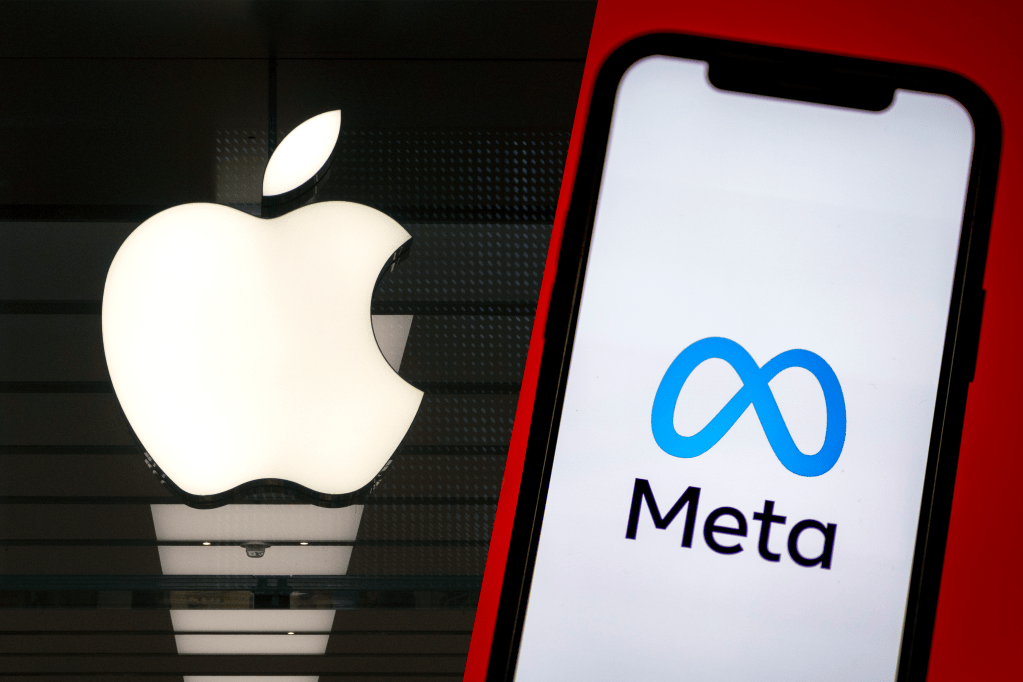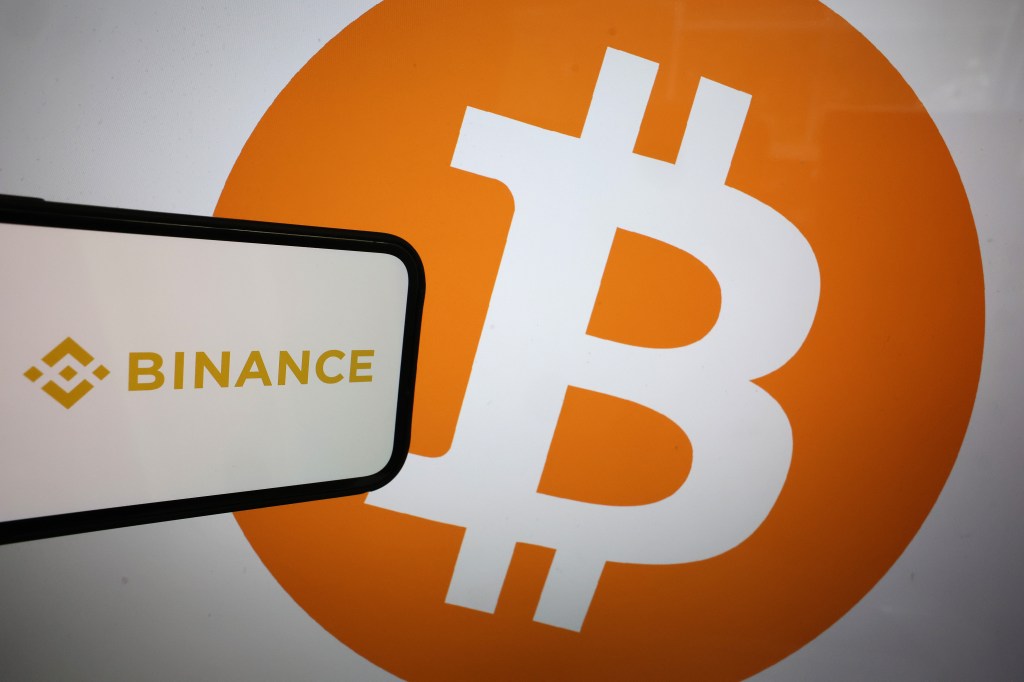The last year has been an eventful one for cryptocurrency, to say the least. Between the collapse of the Terra Luna ecosystem in May and the recent implosion of FTX, the world’s second-biggest crypto exchange, there is no denying we are now in the middle of a bleak “crypto winter”.
With millions of users’ savings wiped out practically overnight by these black swan events, it’s no surprise that global regulators are rushing to develop frameworks to oversee the cryptocurrency market.
The latest country to have announced plans to recognize cryptocurrencies as regulated financial instruments and products was the UK. Its recently installed prime minister Rishi Sunak is the youngest UK PM of modern times and also a former banker. He is well known for having progressive views on cryptocurrency, having publicly stated his plans to turn the nation into a crypto hub.
This process begins with ramping up regulatory oversight, with the British parliament recently voting to include crypto assets in the Financial Services and Markets Bill – a piece of legislation that outlines the UK’s post-Brexit economic strategy. This move was welcomed by the market, with bitcoin and ether up 5% and 12% respectively on the day following the announcement.
It is positive news that the UK, a major global financial center, is finally recognizing bitcoin as an asset class in its own right. But following the unexpected and swift collapse of FTX in November, it has become more apparent than ever that cryptocurrency must avoid going down the traditional finance route at all costs.
“Instead of rushing to bring cryptocurrency into the fold, regulators should be mindful of the enormous value of the decentralized monetary system, one that was developed as a direct response to the global financial crisis.”
Until November 8, 2022, FTX was the second-largest crypto exchange in the world, valued at $32bn. Yet in the space of a few days, the exchange became insolvent after news emerged of an $8bn hole in its balance sheet, caused by unethical and risky lending practices. This latest disaster is eerily reminiscent of the fall of Lehman Brothers in 2008 and is an important reminder of the failures of the current financial system.
While a rapid regulatory response may be the answer to flush out bad actors from the crypto industry, an important distinction must be made between centralized cryptocurrency platforms, such as Celsius, Voyager and FTX, and decentralized finance (DeFi). The former take custody of users’ assets, therefore exposing them to counterparty risks, and have been at the center of the latest crypto market downturn. Just like banks in the run up to the global financial crisis (GFC), they used customer funds to take on excessive leverage. It’s clear that this centralized model – based on the cult following of crypto moguls at the helm of billion-dollar empires – breeds corruption, eventually causing crashes that wipe out billions.
Permissionless and trustless
DeFi, on the other hand, is a permissionless and trustless financial system that is fully transparent, not controlled by any one individual, and which never requires users to relinquish custody of their assets. None of the dominoes that have fallen in recent months have been connected to this burgeoning ecosystem. Yet it is more than likely that global regulators will tar all cryptocurrency service providers with the same brush when developing legislative frameworks. This would be detrimental to the entire space and set DeFi development back many years.
We are already witnessing issues emerge from attempting to apply traditional frameworks to blockchain. Witness the birth of central bank digital currencies (CBDCs) in a number of countries across the globe (read more about this on page 26). The concept of CBDCs is key to the UK’s plans to become a cryptocurrency leader, while they are already being implemented in China and explored by more than 100 other nations.
“CBDCs are the product of the same broken financial system that has caused crisis after crisis, resulting in the widespread loss of capital and trust in the traditional financial model.”
While CBDCs are built using the same blockchain technology that powers the Bitcoin network, this is where the similarities end. Unlike the world’s biggest decentralized currency, CBDCs are issued by central banks and are therefore centrally controlled and managed. As such, CBDCs are the product of the same broken financial system that has caused crisis after crisis, resulting in the widespread loss of capital and trust in the traditional financial model. This model is no longer working on a corporate or sovereign level. The largest financial institutions continue to be embroiled in corruption scandals, while central banks are struggling to keep runaway inflation under control.
As such, we should be asking ourselves whether the existing regulatory frameworks are fit for purpose when it comes to the burgeoning world of digital assets. Instead of rushing to bring cryptocurrency into the fold, regulators should be mindful of the enormous value of the decentralized monetary system, one that was developed as a direct response to the GFC. The latest crisis in crypto only serves to underscore the important role DeFi can play in reshaping the future of finance. Regulators must act carefully to avoid stifling innovation.












